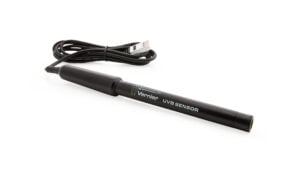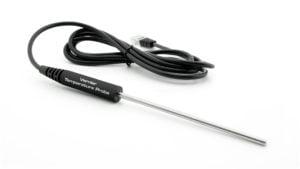In my 17-plus years of teaching, I have found that project-based learning is one of the most effective instructional approaches to engaging students in STEM education. Students really start to understand—and master—the concepts being taught in class when they are given the opportunity to collect, display, and analyze data in an interesting, relative, and hands-on way.
The ROAVEE (Remotely Operated Amphibious Vehicle for Environmental Exploration) project is a great example of effective project-based learning in action. Students are challenged to design, model, construct, test, and navigate a robotic vehicle. The goal is for the ROAVEE to collect environmental data from areas not easily or safely accessible to students, such as in a lake and inside a drainage tunnel.
At the onset of the project, my physics class formed into five separate teams of five students, each focusing on a specific aspect of developing the ROAVEE. These groups included: Vehicle Design, Vehicle Modeling, Vehicle Construction, Vehicle Testing, and Vehicle Data Analysis. To assist the groups in the development of the ROAVEE, students had access to a robotics kit and two Vernier LabQuest 2 devices, along with a collection of Vernier sensors to collect relative humidity, temperature, UVB radiation, and pH data. Students were also able to use computer-aided design software and 3D printing technology.
While the project was initially introduced in one of my physics classes, it has since evolved to include students in environmental science, robotics, and computer science collaborating together. Across the board, the level of engagement with students constructing the device and collecting data out in the field has been unreal.
This project, and project-based learning as a whole, lets students truly use their imagination and creativity. Students are able to collaborate and think like scientists in the field; it really takes student learning and exploration to a whole new level beyond what they are just learning in class.
“… it really takes student learning and exploration to a whole new level beyond what they are just learning in class.”
As a recipient of the 2018 Vernier/Technology Awards, I will be able to provide students with access to new technology that they can use to continue to enhance—and build new versions of—the ROAVEE. This will include collecting real-time data as the ROAVEE is deployed to a nearby lake.
Incorporating hands-on learning projects such as the ROAVEE has continued to foster an environment of discussion, collaboration, creativity, problem-solving, inquiry, modeling, and testing within the classroom, and beyond.


